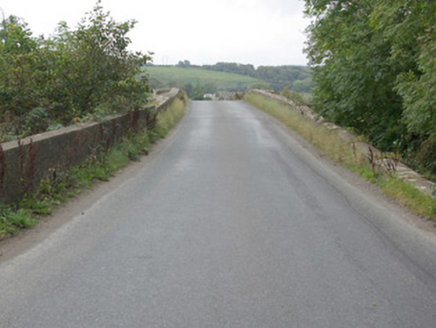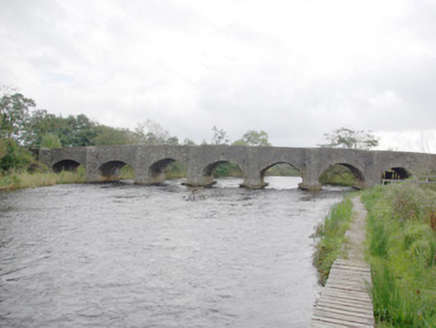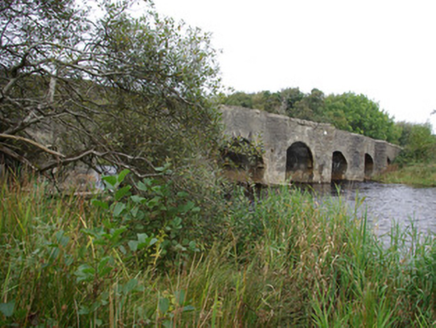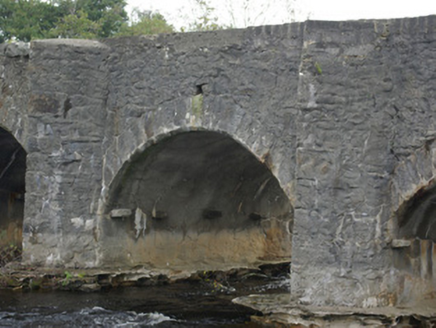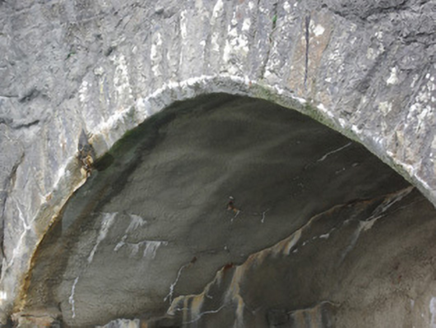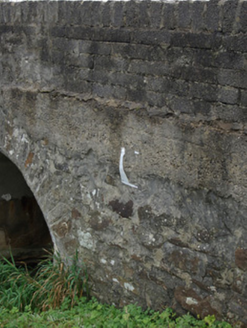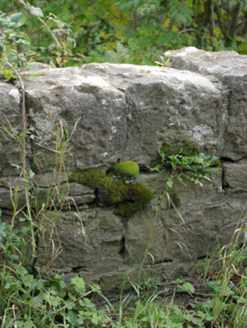Survey Data
Reg No
40910901
Rating
Regional
Categories of Special Interest
Architectural, Technical
Original Use
Bridge
In Use As
Bridge
Date
1670 - 1740
Coordinates
181769, 357380
Date Recorded
01/10/2007
Date Updated
--/--/--
Description
Eight-arched bridge carrying road over the Drowes River, built c. 1700 and altered c. 1730, having V-profile rubble stone cutwaters to the piers to both elevations, brought up level with parapet coping. Segmental- and slightly pointed segmental-headed arches having dressed cut stone voussoirs to arches with chamfered faces; cement rendered finish to arch barrels (originally squared rubble stone) having projecting stones at arch springing points. Rubble and roughly coursed rubble stone construction to piers, parapets, and spandrels; rubble stone coping over parapets. Modern blockwork repairs in places, and cement render to side elevations in places. Rubble stone and rendered wing walls to either end. Tarmacadam deck with grass verges. Located to the south of Bundoran. Bridge spans border with County Leitrim to the south.
Appraisal
This important and impressive bridge retains its early character and form, and is an appealing feature in the rural landscape to the south of Bundoran. The full-height cutwaters, the rubble stone construction, and the narrow form all indicate the antiquity of this fine bridge, which may date back to the seventeenth century. The slightly pointed form of a number the arches are a feature found on a number of large-scale bridges in Ireland dating to c. 1700 and before, including Holy Cross Bridge in Tipperary, and parts of the bridge at Killaloe. The full-height cutwaters may have originally contained pedestrian refuges. This bridge is robustly-constructed in good quality squared local rubble stone masonry, and its continued survival and use stands as testament to the quality of its original construction, and of the skill of the masons involved. Some clumsy modern repairs and alterations detract slightly from its visual appeal and integrity but could be easily rectified. This fine and imposing bridge is one of the more important structures of its type in the north-west part of Ireland, and is a valuable addition to both the built heritage and extensive transport heritage of County Donegal.
